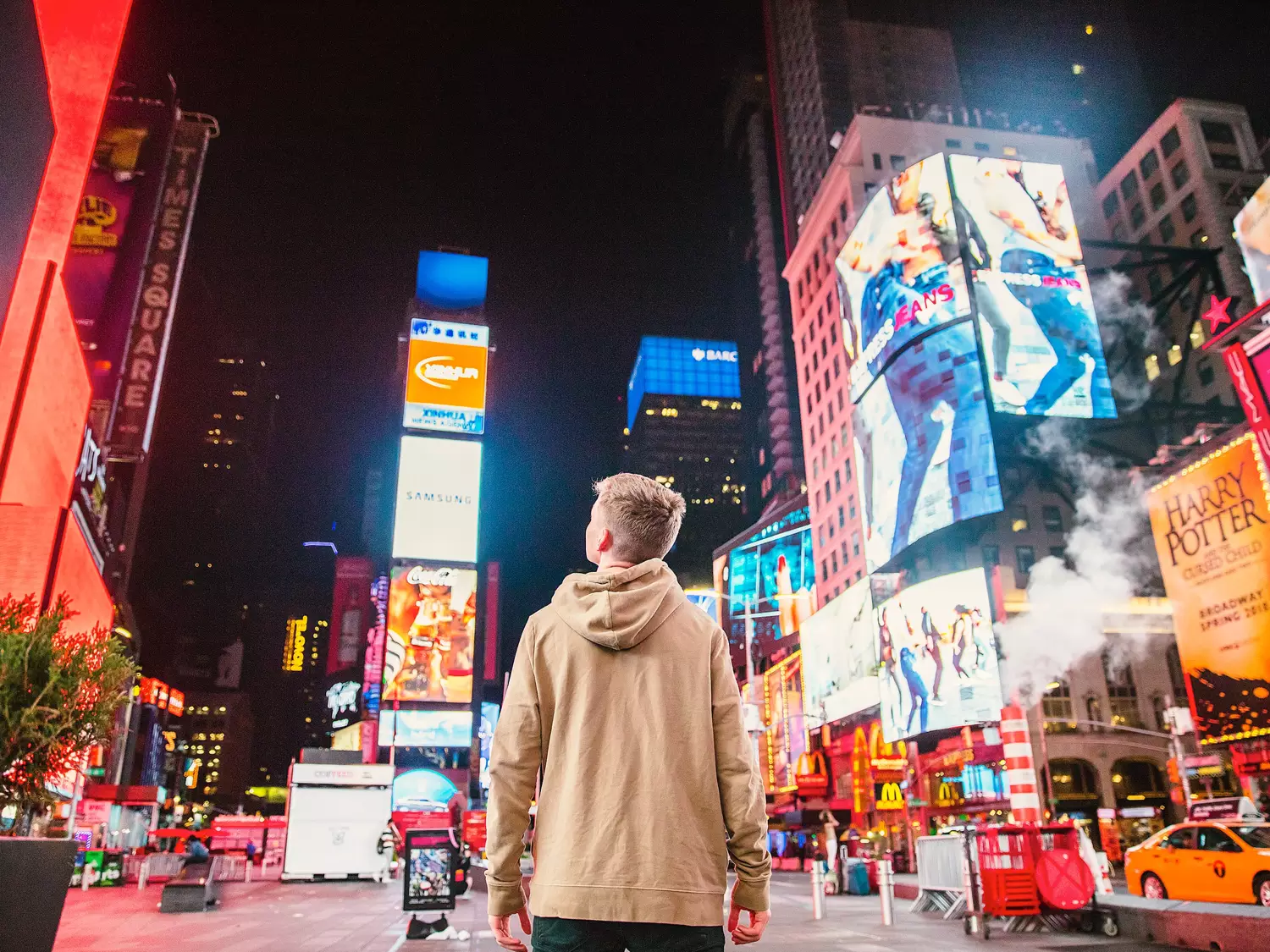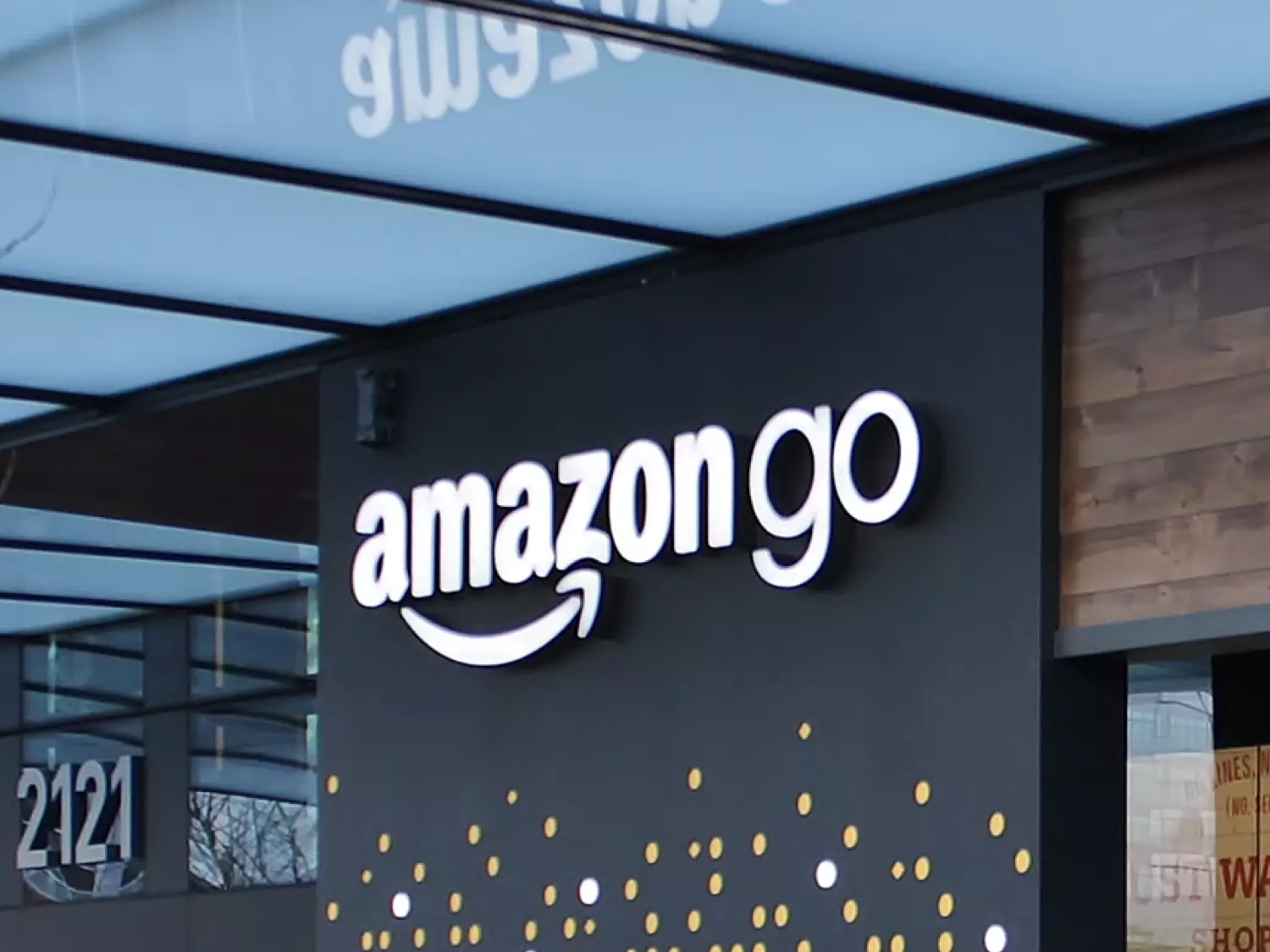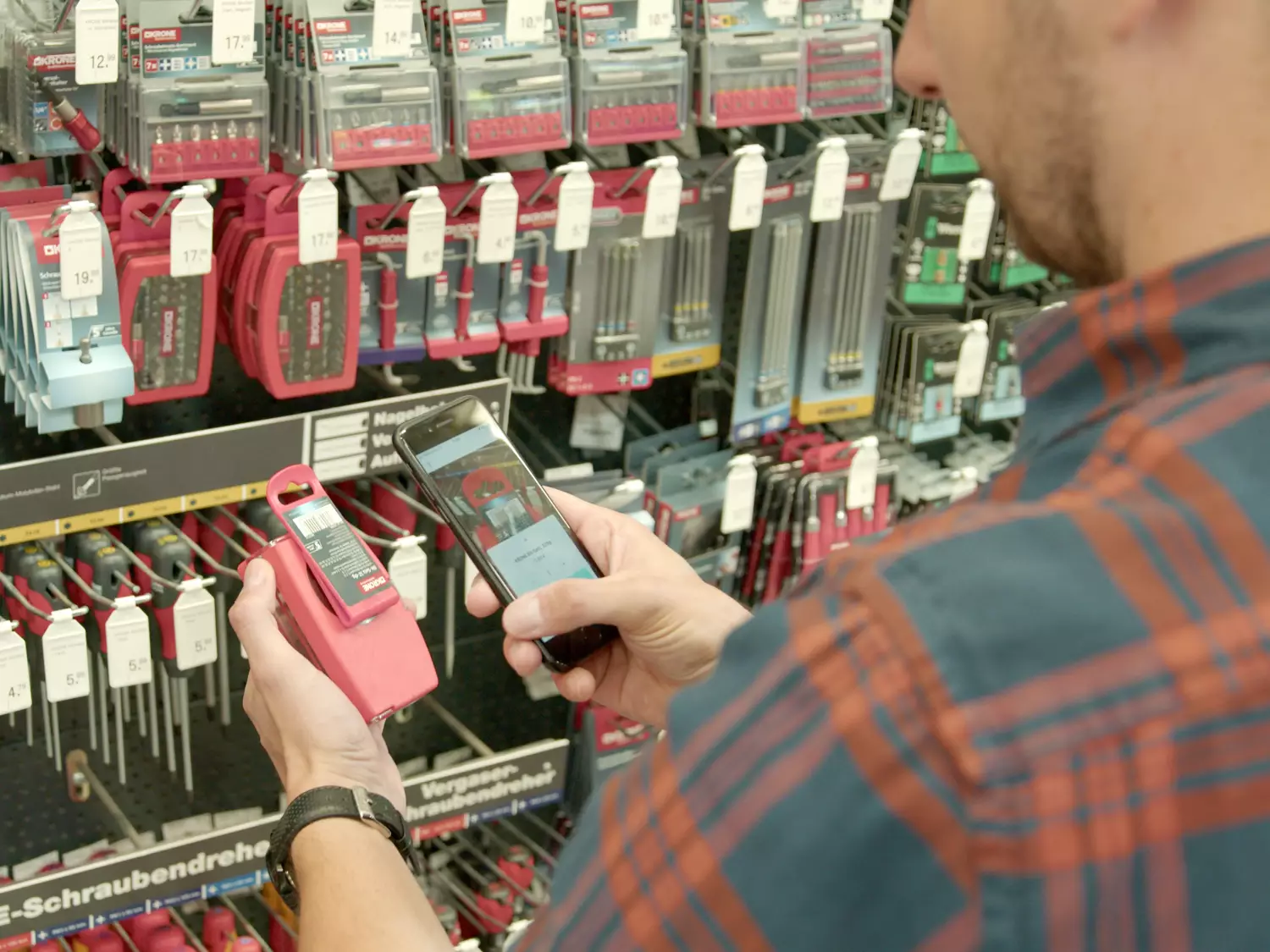VR Payment Study: The Future Of Stationary Trade
E-commerce is not the only thing changing the shopping process. Brick-and-mortar retail has long since turned to digital transformation, even if only in small steps.
How do customers evaluate the customer journey in stationary retail? What ideas and fears do they have with regard to the future of checkout? And what role does the smartphone play in this process of change? The payment specialist VR Payment and the EHI Retail Institute asked themselves these questions and came up with some surprising answers. The focus of their latest representative study is on payment processing and checkout and covers the statements of consumers of all ages and salary brackets.
Waiting In Line Is Exhausting
The biggest success factor in brick-and-mortar retail is the error-free completed payment process. This makes it all the more important that this process runs smoothly in order to keep sales and revenue risk flat. However, it is precisely this last decisive step in the customer journey that is susceptible to many disruptions and inconveniences. For example, not every checkout is always busy or the line seems to be endlessly long.
Almost all customers say they find queuing inconvenient, especially when additional checkouts are not staffed, they are in a hurry, or there are disruptions in the flow. Even if customers buy only a few or bulky items, they want to pay for their goods as quickly as possible.
For this reason, the goods on offer at the checkout are also rather uninteresting to customers. Instead of dealing with them, two-thirds of customers prefer to use the waiting time in line in other ways. So the annoyed young people at least take the opportunity to go through their purchases again and check them. Older customers, on the other hand, use the waiting time as a rest period. But they too feel disturbed when some checkouts are not manned.
Especially for purchases that fulfill the most important needs, such as shopping at supermarkets, discounters and drugstores, customers find it inconvenient to stand in line. Such stores tend to be busier and disruptions have a greater and more direct impact.
The Future Of Checkout
When customers are asked what they expect from the stationary store of the future, the answers are clear: Mainly, they want technological advancements in the checkout area. Product selection and quality of advice have a lower priority.
From the customer's point of view, there will be no checkout in the store of the future where you have to stand in line to avoid exhausting waiting times.
To enable quick completion of purchases, many customers expect automatic payment. A clear majority has a strong willingness to shop in a cashierless store and mainly the surveyed consumer group of young people and single parents want 24/7 opening hours. Consumers' desire for cashierless stores and self-checkout options illustrates the urge for a self-determined and independent shopping experience. Very few of the desires are due to the fact that customers are merely interested in new technologies. The reasons are more complex and shed light on the problems facing brick-and-mortar retail.
Expectations For Implementation And Usability
As far as the implementation of this futuristic idea of a store is concerned, most customers do not expect a pure cashierless store. Rather, they want self-checkout to function in parallel as part of the familiar checkout or to be integrated as a fast lane. Convenient usability and secure authentication options are key. In addition, it is also very important to customers that they can rely on the functionality of the future checkout mechanisms.
Customers' Biggest Fear
Of course, you can't wait for these ideas to be implemented directly across the board. Not only are there some hurdles from the retailer side, but customers in particular must be slowly introduced to the new technological change. It is to be expected that such a change will also provoke critical voices and many people are afraid that the changes could develop to their disadvantage.
The biggest fear, for example, is that their data will be used or stored for other purposes. Customers also fear that their shopping behavior could be monitored. In addition, some value the personal contact at the checkout and fear that the wrong amount could be debited to them. Low-income earners and older people in particular cling to cash as a means of payment and expect a contact person in case of questions. They fear that all these realities would be eliminated by a change and that their fears could come true. As a retailer, it is important to take these fears seriously and integrate them into a solution. Solutions need to address customers' concerns and be worked out together to build mutual trust. This is the only way to pave the way to a digital future - progressively, communicatively and with customer needs in mind.
Payment In The Future
Although three-quarters of all respondents have had experience with self-service systems and some even use them regularly, one in four envisions the store of the future without self-service terminals. Many see these only as an intermediate step on the way to checkout without cash registers. More than half of all customers want to make cashless payments in the future, and about a third expect mobile payment to be a common method of payment.
Nevertheless, just over half of those surveyed are sticking to the old tried-and-tested physical cash and do not want to do without this payment method in the future. Generally speaking, low-income earners are more likely to want to pay with cash, whereas higher income brackets have a greater affinity for electronic or mobile payment options.
Smartphone As Smart Tool - Central Hub In The Store Of The Future
There is no denying that in recent years the smartphone has emerged as a Swiss army knife that is impossible to imagine everyday life without due to its wide range of functions. This long-term trend is also evident in everyday shopping. Across the generations, customers are using their smartphones to manage their shopping lists, collect points with digital loyalty cards, and use them to make fast, contactless payments. The young people provide an insight into the future of the smartphone as a retail tool: they integrate their smartphone holistically in the shopping process beyond mobile payment. This, of course, offers many new opportunities for customer communication just waiting to be exploited. Even the annoying receipt obligation can contribute positively to the issue of sustainability with a digital receipt.
Snabble's self-checkout app can take the pressure off checkout staff and free up lines for older customers. Customers who are in a hurry, only want to pay for a few or bulky goods can thus scan and pay for their goods in a self-determined manner using the Snabble app.
Security is the top priority at Snabble: no registration with personal data is required to use Snabble. A look at Snabble's privacy policy reveals that if a Snabble user wants to have his or her data deleted despite everything, this is possible without any problems. When a means of payment is deposited in the app, €1 is reserved on the customer's corresponding card and the reservation is then deleted again directly - so the deposited card is securely verified. In addition, payments can only be released by PIN, fingerprint or Face ID of the cardholder. Location sharing is required to use Snabble. This is used exclusively to locate the user in the store, to save customers a manual selection and prevent incorrect entries.
In addition, Snabble offers customers the option not only to checkout via the app, but also to optionally pay for their goods at physical self-checkout stelae at the store's exit. The latter has the advantage that bank details do not have to be stored in the app, but can be paid for as usual using a physical credit card or girocard. Similar to the classic checkout - but without queuing.
Another advantage of shopping with the Snabble app The goods have already been scanned and no longer have to be placed on the belt and put away again. For particularly bulky goods such as furniture or even many small goods, this is an ideal option.
To keep track of the multitude of apps on your phone, the Snabble app offers a multi-retailer solution. This means that people can use the Snabble app in many different stores across different industries. This means customers can use Snabble to pay at discount stores, home improvement stores, drug stores or furniture stores, and don't need a separate app for each store, which they would delete after a while.
After final payment, the customer is provided with his receipt in PDF format on his smartphone. This ensures that it cannot be lost or forgotten, unlike physical receipts. In addition, a digital receipt contributes to sustainability.
Share this
You may also like
These related stories

A convergence of physical and digital commerce

Amazon Go And Its Possible Impact On The European Retail Landscape
